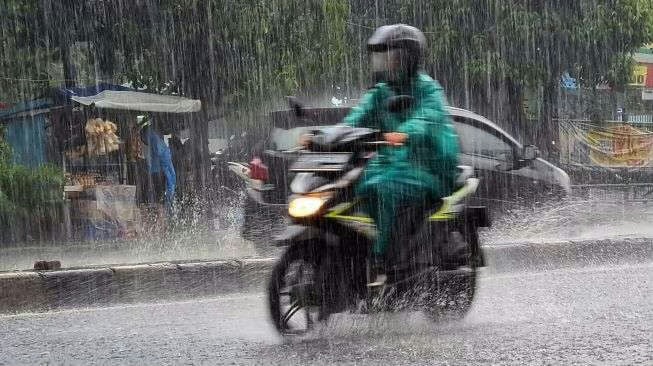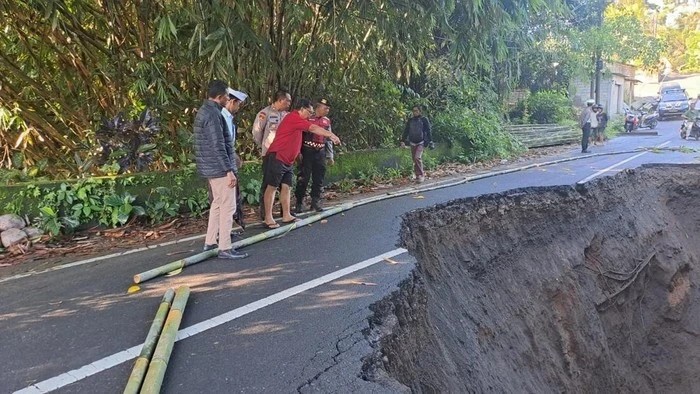Mid-September in Indonesia is not just a calendar transition from dry to rainy season, but a period when the risk of natural disasters sharply increases. The National Disaster Mitigation Agency (BNPB) warns that this time often brings so-called hydrometeorological disasters: floods, landslides, and soil erosion.

According to the meteorological agency (BMKG), the rainy season will be in full swing by November and last until April 2026, but the first impacts are expected from September 19-22. During these days, some provinces anticipate heavy rains, occasionally with thunderstorms and squalls. The areas at risk include Bengkulu, East Java, as well as Central, Highland, and Southern Papua. Rainfall may be abnormal, with daily precipitation levels matching those typically seen in a month. Regarding Bali, it is not on this list.
BNPB emphasizes that regions with dense construction and weak infrastructure will be the most vulnerable. Clogged drains and canals, lack of green spaces, and drainage systems exacerbate the effects of the rains. Hence, authorities are asking local administrations to implement emergency readiness in advance. This facilitates the deployment of rescuers and equipment, speeds up evacuation and supply processes. An example has already been set by East Kalimantan, which declared a heightened state of readiness until the end of 2025. In Bali, the state of emergency was lifted on September 17, marking the start of the 'recovery transition phase.'
The population is given specific instructions. During heavy rain, people should not take shelter under trees, water channels in residential areas should remain clean, and river levels should be monitored daily. Families living at the foot of mountains and slopes are advised to be particularly vigilant: even an hour of rain can trigger a landslide.
Recent events in Bali have shown that warnings should be heeded. The heavy rains on the island caused floods and led to casualties.
But the problem is not just the weather. Indonesian parliament member Jamaludin Malik reminded that the waste crisis has directly worsened the damage. In 2024, Bali generated 1.16 million tons of waste, with over 366 thousand tons in Denpasar. The island ranked seventh in the country for waste volume. Meanwhile, the recycling infrastructure still can't cope.
Malik suggests more active investment in recycling - from 'waste banks' and sorting to factories turning waste into energy. He also insists that the state and businesses should jointly finance environmental projects.
Experts confirm: the situation with waste and chaotic construction are the main causes of recurring disasters. Urbanization and tourist projects continue to take over green areas and territories for water absorption. In such conditions, rains intensified by climate change become destructive.
Various solutions are proposed: restoring drainage systems, rehabilitating rivers and their catchment areas, planting trees in headwaters, and strict control over construction and land use. Authorities are also discussing the development of early warning systems that combine data from BMKG, BPBD, and local groups.



You can add one right now!